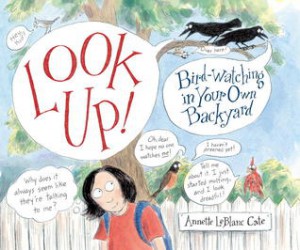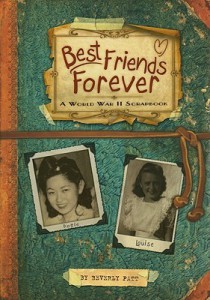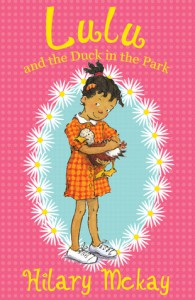 In and around the town of Placid, Wisconsin, 1871, wild pigeons are nesting by the millions. Pigeons were so plentiful they blacken the sky and “a kind of sleed (the birds’ dung) fell from the winged ceiling.” Money can be made trapping and selling the birds as food, so “pigeoners” arrive in droves. The pigeoners need guns, barrels, nets, and camping equipment—which is supplied by the well-stocked store owned by Georgie’s family.
In and around the town of Placid, Wisconsin, 1871, wild pigeons are nesting by the millions. Pigeons were so plentiful they blacken the sky and “a kind of sleed (the birds’ dung) fell from the winged ceiling.” Money can be made trapping and selling the birds as food, so “pigeoners” arrive in droves. The pigeoners need guns, barrels, nets, and camping equipment—which is supplied by the well-stocked store owned by Georgie’s family.
“One Came Home” (Knopf 2013) by Amy Timberlake opens, amidst this historic setting, with the burial of an auburn-haired teenaged girl. Agatha had been missing for weeks, but at least the family could now bury her mangled body. But Georgie doesn’t think the unrecognizable body belongs to her older sister Agatha. Yes, she was wearing Agatha’s green dress, meant for her wedding, but Georgie isn’t convinced.
Besides overseeing customer accounts and working the store counter, Georgie is a sharp-shooter—the best around. A few months prior, not wanting her sister to leave town, Georgie says the wrong thing—a rather mean thing about Agatha—to Agatha’s suitor Mr. Ormstead. At that point, Agatha flees town—with a group of rough pigeoners.
While her family mourns Agatha’s death, Georgie procures a mule and provisions with the help of Billy, Agatha’s ex-boyfriend. She sets off north in search of her sister. Teenaged Billy follows. The independent Georgie reluctantly allows him to accompany her.
Billy is handsome and likeable. Georgie is thirteen. But Georgie feels betrayed by his following her. Their adventure is swathed in dark mystery and the presence of thousands of nesting carrier pigeons, and the filth they leave behind. The two encounter some unsavory backwoods folk. Always present in the midst of the perilous action, are Georgie’s feelings for Billie, which are complex and honestly written.
Georgie unravels the mystery of Agatha’s hurried departure and resultant adventure through the course of her own high adventures, all the while coming to terms with her future. Spunky Georgie reflects on the use of guns and taking animal lives. The twists and turns are surprising and keep you turning pages.
The beautifully written story hovers between middle grade and young adult and will be enjoyed by adults. Bear in mind that there is a degree of gore, death, and guns. However, the resultant violence, rather than being gratuitous is essential to the development of the story.
About those pigeons—the story’s historic nesting is the largest ever recorded—850 square miles of nesting passenger pigeons, 6-10 miles wide, 125 miles long—in 1871. By 1914, the carrier pigeon (wild or passenger pigeon) was extinct. Pigeoners cleaned them out. Historical fiction is one great way to learn about odd or even bewildering events. And this story of European American pioneers, set in an adjoining state, might feel pretty close to home for many of us in Illinois.

Patricia Hruby Powell is a nationally touring speaker, dancer, storyteller, occasional librarian, and children’s book author. Her Josephine: The Dazzling Life of Josephine Baker (Chronicle) (illustrated by Christian Robinson) comes out in January 2014






